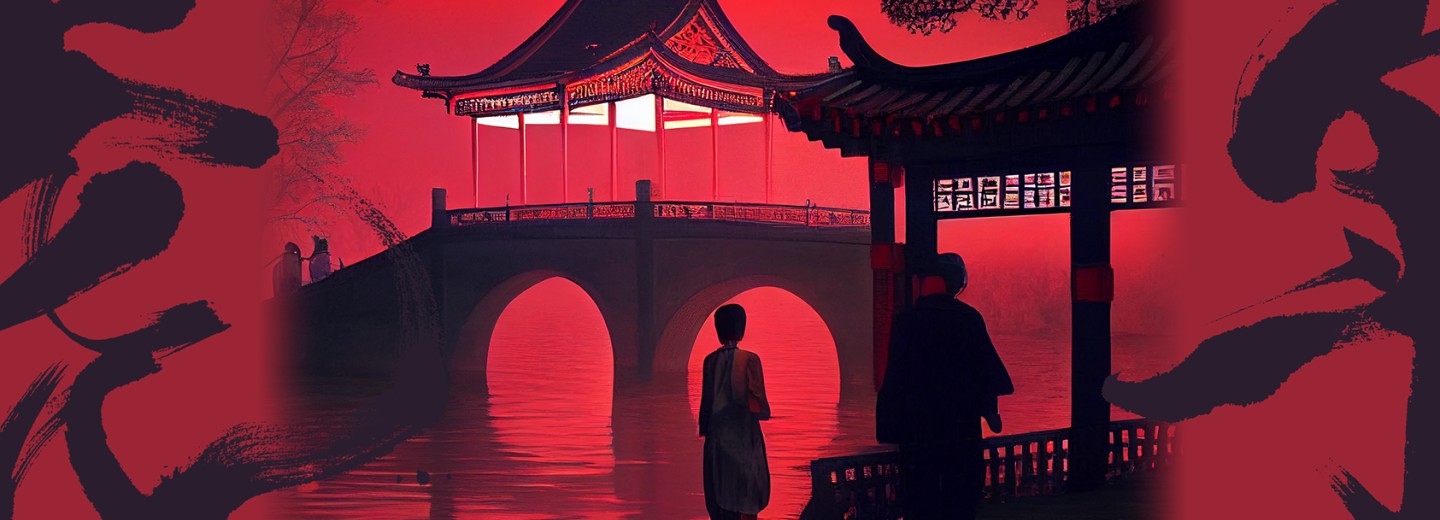A (very) brief history of China
With the start of the Chinese New Year of the Rabbit, we celebrate thousands of years of Chinese history. I was intrigued to read a long article in I-Feng about China’s history. I have several such from Western authors. Reading history from a Chinese viewpoint is therefore illuminating. I have greatly shortened and paraphrased this article by historians Li Ji'an and Wang Xianming of the School of History, Nankai University, Tianjin. I hope they will forgive me!
The Chinese civilization has existed for over 5,000 years. Mountains and deserts form its boundaries in the north and west. Great rivers wind through its fertile land. More than 18,000 kilometres of coastline form its southern and eastern boundary. Because of steep mountains, the Gobi Desert and the Pacific Ocean, China has always been an isolated geographical unit, far away from the ancient civilizations of Asia, Europe, and the Americas.
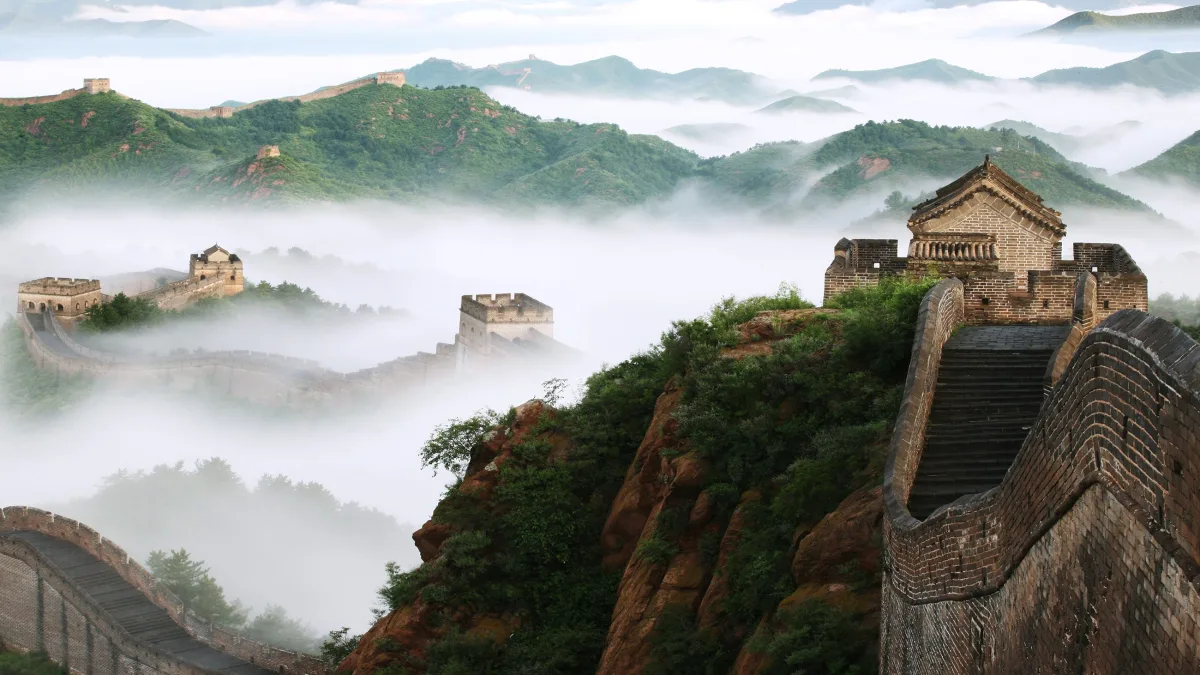
In the vast area to the west, China's territory is divided and into high-level, terraced, terrain in the west and east. The eastern monsoon area, the Northwest Arid Semi-arid area and the Qinghai-Tibet Alpine area contain very different natural vegetation and water resources. In summer, it is generally rainy due to the influence of the ocean monsoon. The cold and dry airflow in winter produces withered trees in winter, verdant plants in summer, and lush in the southern half all year round. The average altitude of the Qinghai-Tibet area is more than 4,000 meters above sea level, with thin air, strong sunlight radiation, low temperature, strong wind, and scarce precipitation. The vegetation changes from forest to meadow, grassland, and then to wilderness.
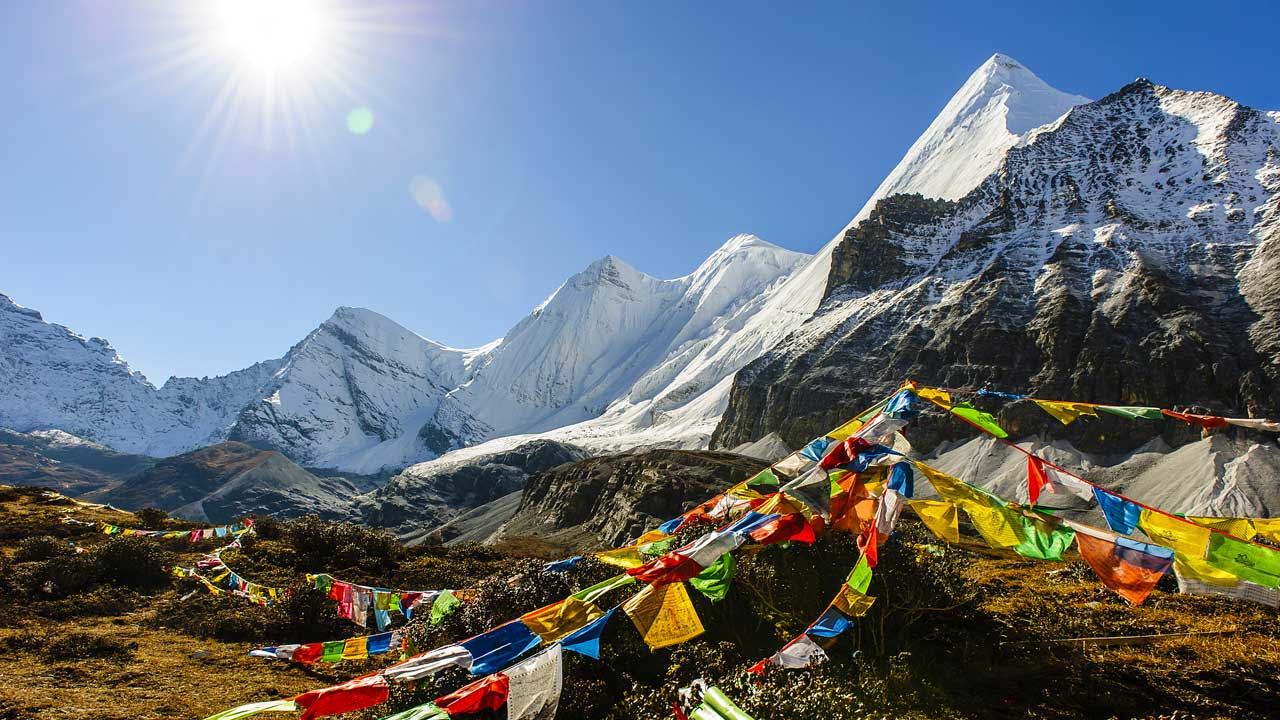
The Chinese nation thus evolved under different natural conditions and traditions. South of the Great Wall, it was rainy and hot. Its people cultivated crops to eat, mulberry for silk and hemp for clothes. Between the deserts, it was cold and windy. Animals provided meat to eat, with fur for clothes. People were very mobile.
Horses carried tents for homes. The south had farms and was densely populated. The north was a nomadic world.
The coexistence of farmers and nomads with their different lifestyles inside and outside the Great Wall, is also one of the inherent characteristics of Chinese civilization. A small number of fish-based societies living along the coast and river, lake islands also existed.
Worldwide, there are six known ancient civilizations. They are Egyptian, Babylonian, Indian, Chinese, Greek and Mayan. The first four are the oldest. They originated from 4,000 BC to around 2,000 BC. Greek civilization began in 800 BC and was the beginning of European civilization. It has had a great influence on modern Western civilization. Mayan culture began in 2,500 BC and is an outstanding example of the ancient native American civilizations.
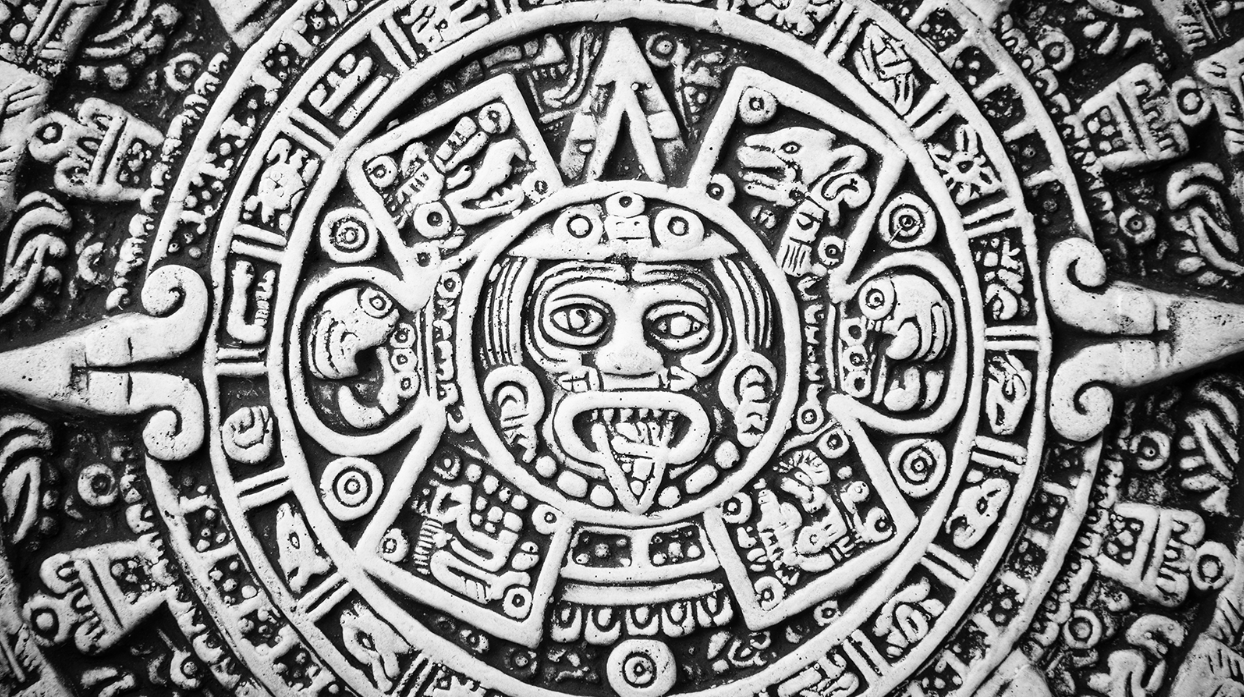
Among the six ancient civilizations, although the Chinese civilization is not the oldest, the other five have disappeared. The Chinese civilization has lasted for 5,000 years. It is the only civilization in the world that has not been interrupted. Although it has absorbed external conquerors from time to time, it has not seen splitting up and changing into another, different, civilization. Since ancient times, it has evolved and developed according to its own logic and has continued to this day.
Human civilization began in specific geographical areas. The three ancient civilizations of Egypt, Babylon and Greece were mostly around the Mediterranean Sea. They were located at the intersection of Eastern and European cultures. Their amazing cultural achievements include extraterritorial cultures such as Egyptian religion, Persian philosophy, Phoenician script, Babylonian astronomy, and many others. Even in the 3rd and 1st centuries BC of Greece's decline, the language, script, customs, and political system in the eastern Mediterranean formed the so-called "Hellenic era" spread by Greek civilization.
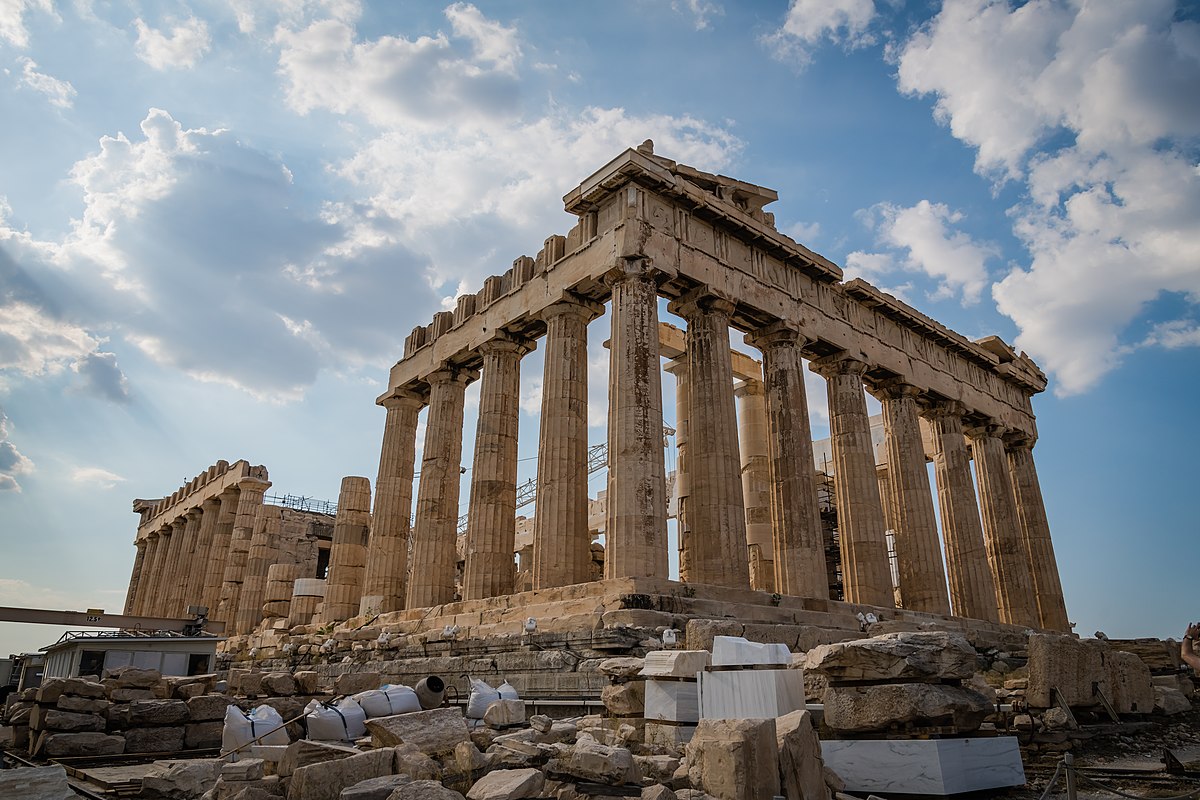
In Asia, Chinese civilisation has also spread through Korea, Japan, Vietnam, and other countries in Confucianism, Buddhism, calendar, laws and decrees, currencies, poetry, scripts, forming the so-called ‘Chinese character cultural circle’. China's four early major inventions of papermaking, gunpowder, printing, and the compass, spread to the West along the Silk Roads, bringing about the transformation and development of Europe in the Middle Ages.
By contrast, Chinese civilization did not benefit much from foreign new ideas. China was almost ten thousand miles away from the other ancient civilizations. China communicated with India, Egypt, Babylon, and Greece. Even then communications depended on the "Land Silk Road" and the "Sea Silk Road". They had to cross the Gobi Desert, or the Pacific Ocean and the Indian Ocean for difficult long-distance exchanges. The Indian civilization, not far from China, also has natural barriers from the Himalayas.
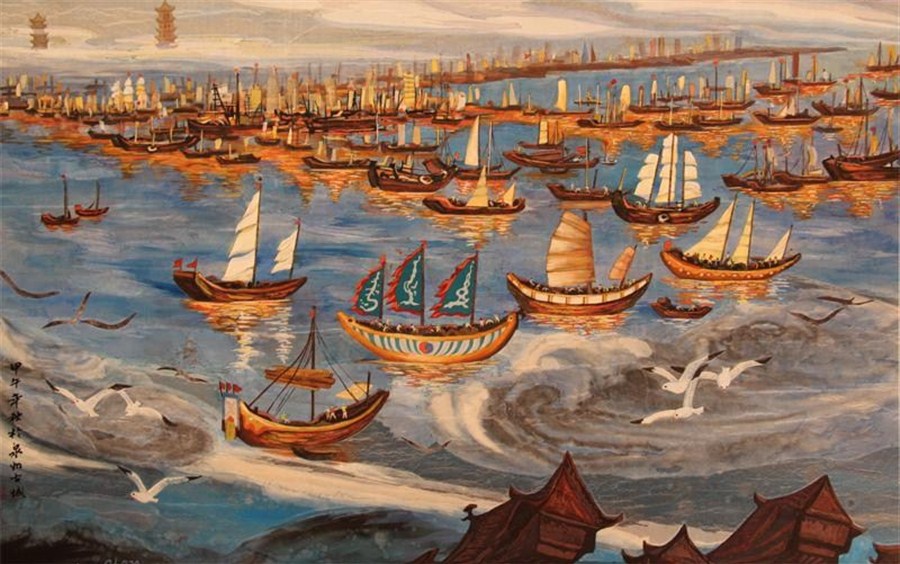
The economic system of China’s early dynasties centred on the manufacturing and use of bronze smelting technology and bronze appliances. These represented the highest level of productivity development at that time. The clan was the political entity. The patriarch is the leader and is responsible for the nephews and clans who are related by blood. The eldest son inherits, and the family of the eldest house is a large family. The state introduced geopolitical administrative norms from top to bottom under a feudal system.
The socio-economic situation from about 250 BCE to the Middle Tang Dynasty in about 700 CE saw the popularization of ironware, plough technology, water drainage, tempering steel and other improvements to manufacturing.
The competition between the government and the people was relatively fierce. The state generally focused on agriculture. It suppressed business to the last priority among ‘the people, agriculture, industry and business’.
The forces of the rich controlled the countryside and influenced public opinion. The powerful and the scholars played a game with the government that evolved into social dominance of the aristocracy and bureaucracy.
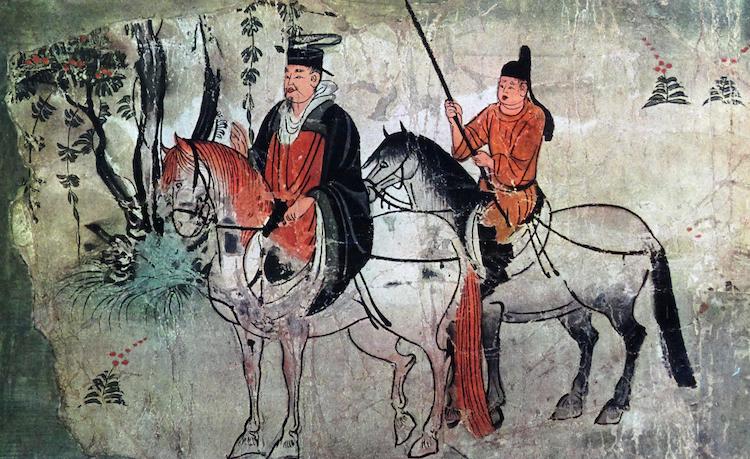
From the 6th to the 17th centuries, both the economy and society changed. Improvements occurred in agricultural technology, the growth of commercial crops such as rice and tea and the progress of porcelain and metallurgy. A commercial boom replaced the trade of official markets. Along with the circulation of money and silk, the increase of market towns and trade towns, the population surged, and the economic centre of gravity changed from the south to the north. The feudal system changed to legalise large land ownership and a tenancy system. The policy of focusing on agriculture and suppressing business gradually loosened and the status of businessmen significantly improved.
The imperial examination for the civil service allowed social mobility. With the expansion of the imperial examination and the increase of the number of people who failed, scholars and intellectuals often returned to their hometowns to think and write. They were determined to negotiate with the government and took some of the functions of the government into the countryside. They integrated with the rich to serve and became socially dominant.
Western Europe then expanded overseas to colonise isolated regions, peoples, countries, and civilizations. The spread and popularity of Western learning in the Ming and Qing Dynasties heralded closer Chinese and Western ties. However, it was the Sino-British Opium Wars in the 1840s that led to a turning point in Chinese history. The process of gradually becoming a semi-colonial and semi-feudal society, and the process of national self-improvement that changed this humiliating status, have, between them, built China's modern civilization.
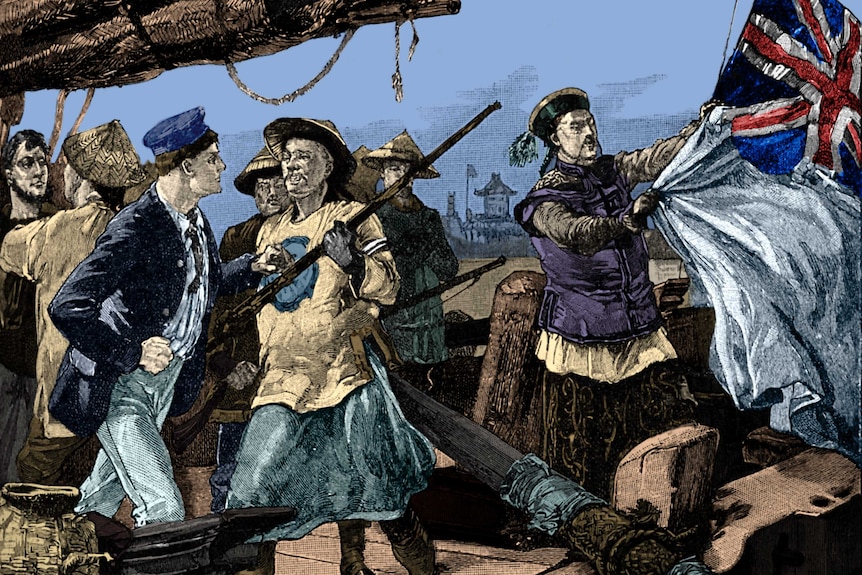
By the 19th century, the Western world had a so-called modern civilisation, while the Eastern world was still stranded in the Middle Ages. Since the Westernization movement in the 1860s, Chinese history entered a period of social transformation from a traditional, agricultural, civilisation to a modern industrial civilization.
In the face of internal changes and the pressure of foreign difficulties, the old system and rules were at a loss. The call for change increased daily. The revolution which broke out in 1911, overthrew the Qing Dynasty. The Republic of China, proclaimed on January 1, 1912, ended the emperors’ dictatorship that had lasted over 2,000 years. This historic victory gradually developed the spirit of nation-building and democracy among the people.
The May Fourth Movement was a Chinese anti-imperialist, cultural, and political movement which grew out of student protests in Beijing in May 1919. Students gathered to protest the Chinese government's weak response to the Treaty of Versailles decision to allow Japan to retain territories in Shandong that Germany surrendered after the Siege of Tsingtao in 1914. The demonstrations sparked nation-wide protests and an upsurge in Chinese nationalism, a shift towards political mobilization away from cultural activities. It also began a move towards a populist base, away from the traditional intellectual and political elites.
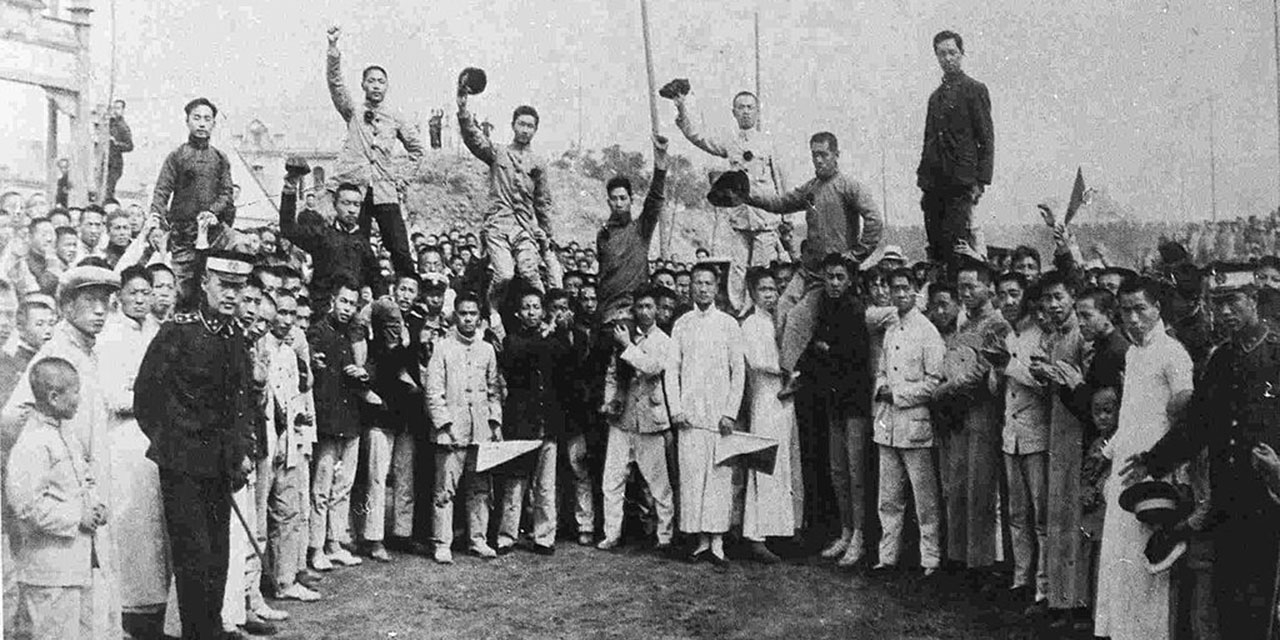
The People's Republic of China was established in 1949. At its beginning, the political situation was turbulent and violent. The construction of national and local government systems was poor. Although the Kuomintang government ended the struggle between warlords and the frequent changes of power, the subsequent party and state system was still far from a modern democratic one. The Communist Party of China, which grew up in the anti-Japanese war, won dominance after the war in the struggle with the Kuomintang.
Transforming China from an agricultural economy to an industrial one was hard. The move from a traditional, imperial style, into a revolutionary society and then to a socialist society, was harder for the People's Republic of China. It took at least 30 years to build a relatively independent and complete industrial and social system.
Before and after the Opium Wars, although Western learning produced benefits in the eyes of some scholars and doctors, resistance to Western thought predominated. During the Western intervention, the focus of the China-Western dispute was whether to introduce Western studies. Western studies were partially recognized by making them compatible with Chinese culture. This marked a turning point in thought and culture.
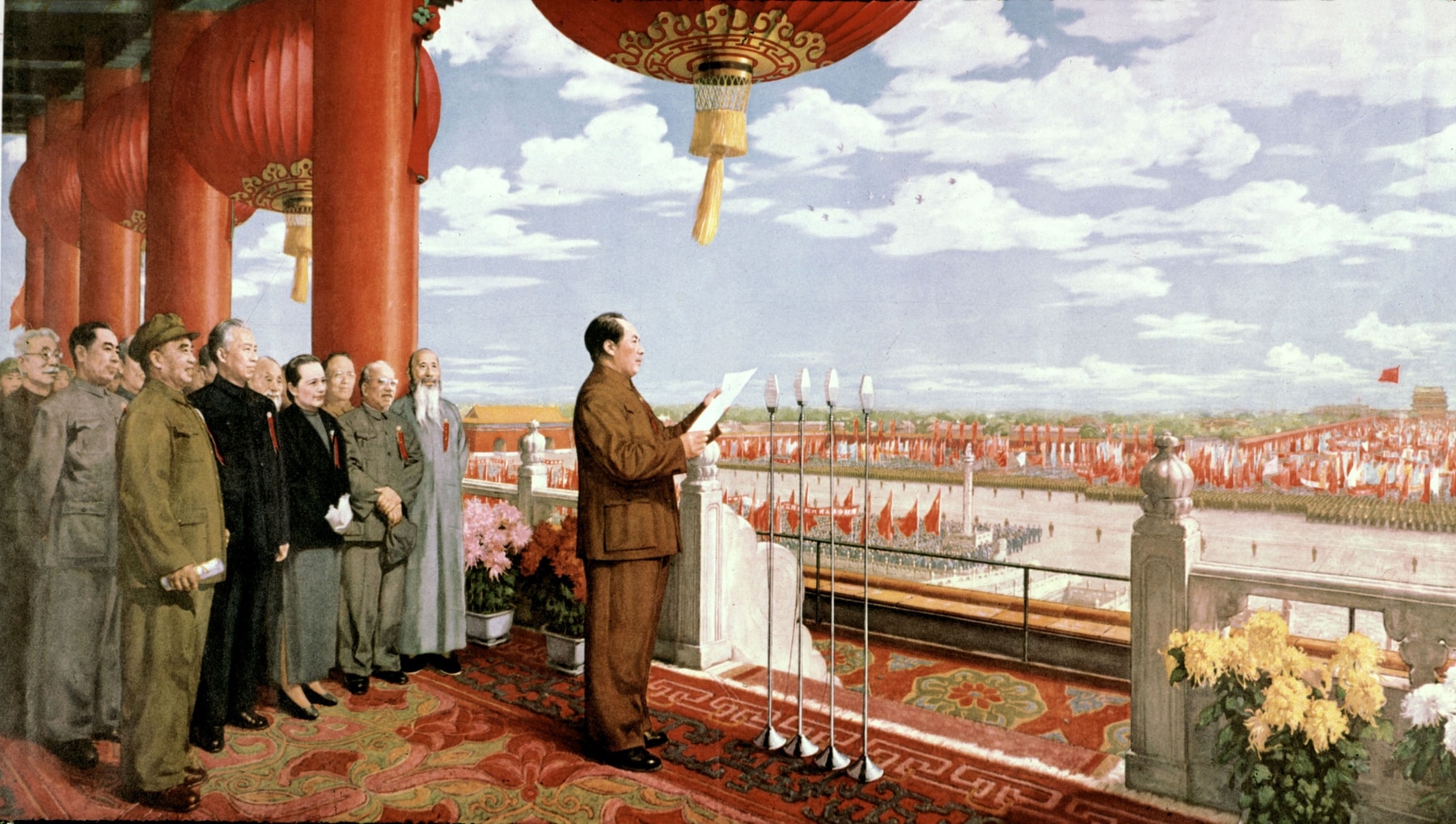
The May 4th New Culture Movement, with "science" and "democracy" as the banner, had promoted Marxism in the building of a new cultural system. The new culture of May 4th created the ‘literary revolution’, so that China suddenly entered the modern world ideologically as well as commercially. It created a new historical era with comprehensive innovation, ideological enlightenment, cultural consciousness, national awakening, and institutional exploration. As a result, the rejuvenation of the Chinese nation and China's modernisation have moved forward along a unique road.
China has re-gained the attention of the world from its process of standing up, getting rich and strengthening its traditional National culture.
Worked on the article:

Wanlikhang


